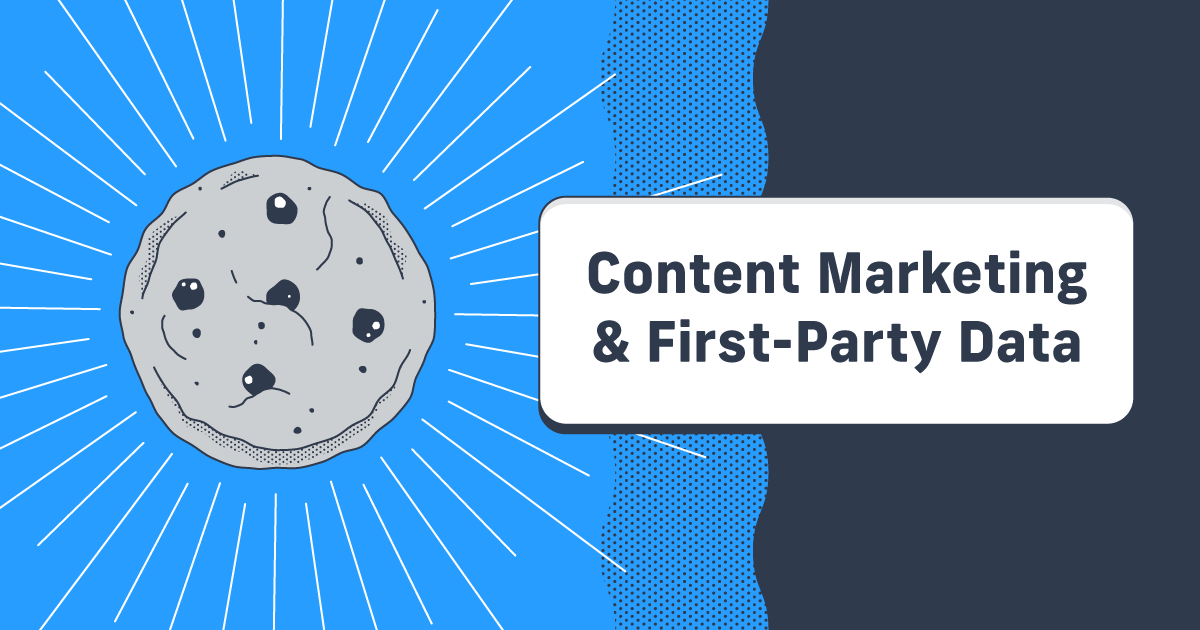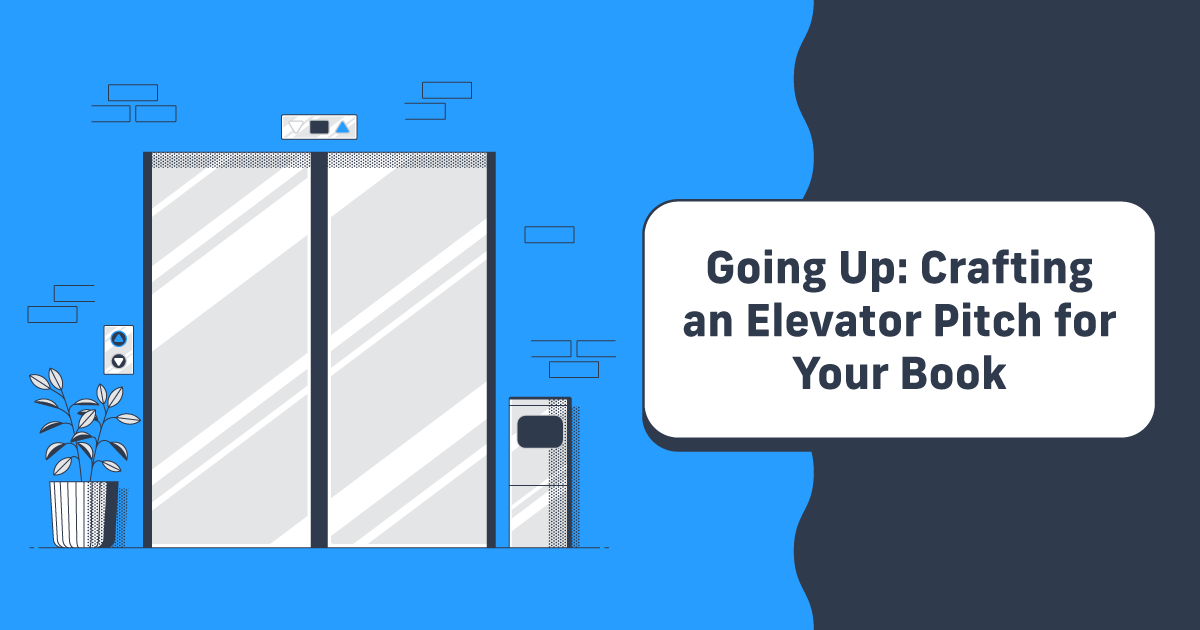Economics of Self-Publishing: Costs and Value
It’s safe to say that most authors are not accountants. So, it follows that most authors don’t spend a lot of time considering the economics of self-publishing. Before I began working in this industry, I only ever thought about publishing as a step in the bigger process of being a writer.
This is probably true if you’re lucky enough to publish with a full-service, traditional publisher. Other professionals do the publishing while you focus on being an author.
Most of us don’t have that luxury, and the cost of publishing is a huge consideration when you self-publish.
The Cost to Publish a Book
The cost of publishing a book varies widely. You can get short, paperback, black & white books printed for a couple of dollars. But a long, full-color, hardcover print will likely cost $20 or more to print.
And that’s just the cost of printing your books. If you want to successfully launch your book and grow an audience of fans who are eager for your next book, you need to invest in becoming a real business.
You can save money by skipping some of the editing process. For example, you might forego developmental editing in favor of workshopping the manuscript with your fellow writers. Or you might know someone with graphic design skills, so you don’t have to pay for a book cover designer.
Because it’s almost impossible to say exactly how much it will cost you to publish, there’s not a lot of value in weighing that factor by itself. You could export a PDF and publish it right now on Lulu for free. Or you could pay top dollar for professional editing and design work along with promoting your book through paid advertising and rack up a bill of thousands of dollars.

Your Free Lulu Account
Create a Lulu Account today to print and publish your book for readers all around the world
Book Printing Costs
The first and most obvious expense is the printing cost for your book. This will vary based on the ink, paper, page count, binding, and more. Use Lulu’s pricing calculator to determine the exact print costs, shipping costs, and potential earnings when you sell your book.
It’s important to note that Lulu doesn’t charge any usage or setup fees, so determining how much your books will cost is simple.
Book Editing Costs
Editing is a must. A few typos might be fine, but contradictory plot points or inaccurate facts will completely ruin your book. You need to have your book professionally edited.
The degree and cost can vary. You need to first identify the kinds of editing you’ll need, and then you can estimate the costs to edit your book. Here is a quick breakdown:
- Simple copy editing – This is the most affordable option because you’ll just need one round of edits before you publish to look for spelling, punctuation, and grammar issues. You should always do a round (or multiple rounds) of self-editing with an AI tool like Grammarly.
- Developmental and copy editing – A developmental editor is more expensive but will help finesse and fine-tune your manuscript. That might involve plot refinements, more character development, or helping organize the content in a more readable way.
- The full package – Obviously, the most expensive option is to employ developmental editors, copy editors, proofreaders, and advanced readers. Each one brings a new layer of refinement to your manuscript but also raises the cost of editing significantly.
Book Design Costs
Another variable expense. What you need is a print-ready PDF we can use to print copies of your book. How you get to that PDF is entirely up to you. There are a lot of great options for PDF creation, from inexpensive (but limited) options like Google Docs all the way to the most high-end page design using Adobe InDesign.
Your manuscript’s complexity (is it a novel with text or a textbook with graphics, images, and charts?) and your budget should inform your decision about your design software. You can find many great ways to format your book at very reasonable costs—like Atticus, an online tool with a one-time cost that helps format your books for a variety of publishing platforms.
Selling Books Online
When we talk about the economics of self-publishing, it’s more than just the cost to publish. We also have to consider the earning power of your book. This, just like measuring cost, is difficult to do because so many factors are at play.
But from the onset, whether you sell on Amazon with Kindle Direct Publishing or you use the Lulu Bookstore, you’ll be earning more per sale than a traditionally published author. Look at this comparison from our Infographic:

Selling 3,000 copies might be ambitious, but it is doable. And if you have multiple books, your backlist will help boost sales over time. In fact, the biggest benefit of traditional publishing for most authors will be the income if you don’t sell books.
And just because you get a deal to publish with a traditional publisher, there’s no guarantee of sales. That publisher might not even do much at all to market your book. So you could end up in the same position a self-published author does; a full-time book marketer.
But 3,000 books are a high estimate. Without definitive information, we have to work from commentators. Chris McMullen, an experienced self-publisher, said he estimates most indie authors sell 100 books in total. Of course, that average will be impacted by a lot of creators who publish without intending to sell any copies and a very few very successful authors who sell a lot of books.
Finding The Sweet Spot For Author Revenue
If the average indie author isn’t selling very many books, how do you—an above-average author—make selling books a profitable endeavor?
At the risk of sounding like a broken record, I’ll say again that too many factors impact your success to offer any specific advice. But there are best practices you can follow, and they all start with defining your goals.
Once you know what you want to achieve, you’ll be able to determine what it takes to get there.
Part of this is knowing how to spend your money. Do you hire a professional editor or invest in a cover designer? Another part is knowing where to sell your books. It’s not enough to put your books on Amazon and forget about them.
But what impacts your books even more is the price. Which makes sense if we’re talking about the economics of self-publishing, right?
Basically, there’s a ‘sweet spot’ for your price where a reader won’t feel like they’re overpaying, your costs are covered, and you still can earn income. For print books, it’s usually around 300% of the cost. So if your book is $5 to print, you’ll price it around $14.99 for retail.

Create Your Book
Use Lulu's free templates to easily create and publish your book today.
A Picture Worth 1000 Words (And Dollars)
Setting a reasonable price that meets the reader’s expectations is important. But few readers will buy a book just because the price is fair. It’s the cover that hooks readers.
In fact, the only other thing that has a major impact on a buyer’s decision is the description; and this text conveniently lives on the cover!
Which means you have to be conscious about your cover. It doesn’t matter how good your book is; if the cover is not enticing, no one will even consider buying it. Cover design success hinges on knowing your intended audience and being willing to build your cover around that audience.
It’s worth stressing, too, that investment in your cover design is the most likely payoff expense you can incur. In fact, there’s a potent argument to be made that investing in your cover is the most important thing you can spend money on when self-publishing.
The Economics of Self-Publishing: Balance
Just like balancing a checkbook (does anyone even use paper checks anymore?), you will look to create a balance in your publishing endeavors. Your goals will inform how much you’re willing to invest, which will inform your sales and marketing expectations.
For some—and I include myself in this—it’s difficult to separate the art and joy of writing from the economics of self-publishing. But for authors and creators who are looking to turn their writing into a profitable venture, the balance of publishing is a must.




